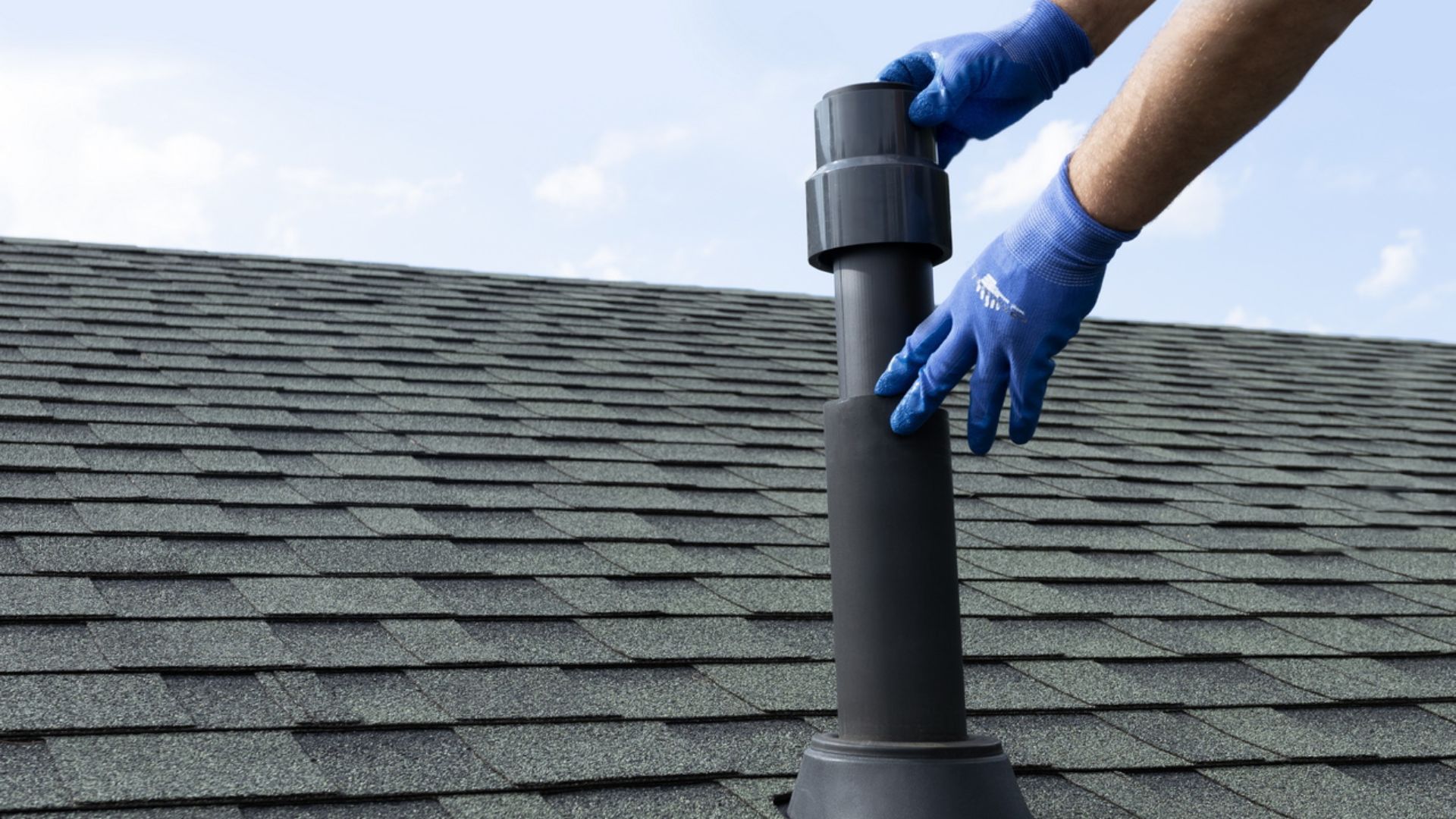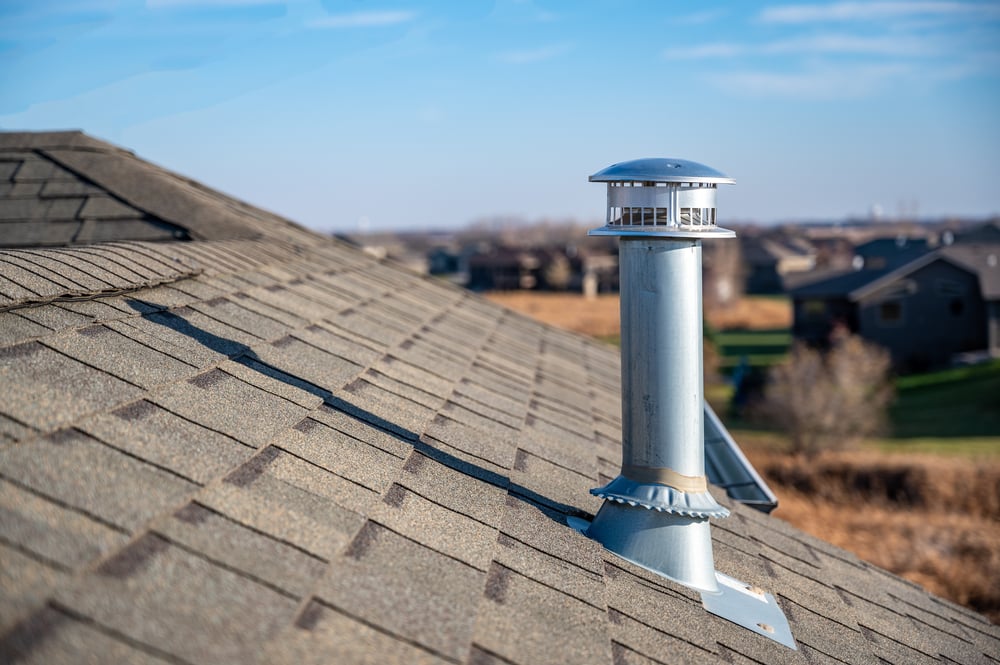The Key Role of Proper Ventilation in Plumbing Systems
The Key Role of Proper Ventilation in Plumbing Systems
Blog Article
The article below on the subject of What Is a Plumbing Vent and Why Is It Important is relatively captivating. You should take a peek.

Appropriate ventilation in pipes systems is frequently ignored, yet it is important for maintaining the functionality and safety of your home's pipes. Ventilation assists manage air pressure, avoid the accumulation of unsafe gases, and ensure the effective elimination of waste. In this overview, we will certainly discover the value of correct pipes air flow, exactly how it functions, and the advantages it gives your pipes system.
Just How Air Flow Works in Plumbing Equipments
Air Pressure Policy
Proper air flow maintains well balanced air pressure within the plumbing system. When water flows via pipelines, it displaces air. Without sufficient air flow, this variation can develop unfavorable pressure, leading to slow drains pipes or siphoning of water from traps, which can create unpleasant smells to seep right into the home.
Preventing Drain Gas Buildup
One of the most critical features of pipes vents is to stop sewer gases, such as methane and hydrogen sulfide, from collecting within the home. These gases can pose severe health and wellness risks and are extremely flammable. Vent pipelines permit these gases to escape securely outdoors.
Assisting in Waste Removal
Ventilation assists in the effective removal of wastewater by stopping airlocks in the drain system. When air can move easily with the vents, it enables water and waste to flow smoothly with the pipes, minimizing the danger of clogs and back-ups.
Advantages of Correct Air Flow
Improved System Efficiency
Properly aerated plumbing systems run a lot more efficiently, with less blockages, faster draining, and much less pressure on the pipelines. This effectiveness expands the life expectancy of the pipes system.
Improved Air High Quality
By avoiding sewer gases from entering your home, correct ventilation contributes to much better indoor air high quality, making your living atmosphere healthier and extra comfy.
Preventing Water Damage
Appropriate air flow helps protect against water from being siphoned out of catches, which can bring about drain gases getting in the home and causing water damage gradually.
Actions to Make Certain Correct Ventilation
Consulting Pipes Codes
Always get in touch with regional plumbing codes when creating or changing your pipes system. These codes offer the required guidelines for correct airing vent and ensure your system fulfills safety and security standards.
Routine Evaluation and Upkeep
Routine inspections can help determine prospective air flow problems prior to they become significant issues. Upkeep tasks, such as cleaning air vent pipes and checking for obstructions, are vital for keeping the system in good working order.
Specialist Installation
For new installations or significant adjustments, it's important to hire an expert plumbing technician. They have the competence to make sure the air flow system is properly developed and set up according to code.
Comprehending Ventilation in Pipes
Ventilation in plumbing describes the network of pipes that enable air to flow via the water drainage system. These vents offer several objectives, including managing atmospheric pressure within the pipes, avoiding sewer gases from getting in the home, and aiding in the smooth flow of wastewater.
Types of Plumbing Vents
Main Stack Vent
The primary pile vent, likewise referred to as the vent pile, is the main vent in a plumbing system. It prolongs from the major drain line up through the roof covering, allowing gases to escape and fresh air to get in the system.
Branch Vent
Branch vents link to the major stack air vent and serve specific components, such as sinks, bathrooms, and showers. These vents make sure that each fixture has ample air flow to function effectively.
Air Admission Shutoff (AAV).
An Air Admittance Shutoff (AAV) is a one-way shutoff that permits air to get in the pipes system without the requirement for a traditional vent pipeline expanding through the roof covering. AAVs are typically made use of in remodellings or areas where setting up a common air vent is unwise.
Indications of Poor Air Flow in Pipes.
Slow Draining Fixtures.
If your sinks, tubs, or bathrooms are draining gradually, maybe a sign of inadequate air flow. Insufficient air flow can create a vacuum cleaner impact, making it difficult for water to drain pipes effectively.
Gurgling Seems.
Gurgling noises originating from drains are often a result of air being sucked through water catches as a result of negative pressure in the pipes. This is a clear indication of insufficient ventilation.
Unpleasant Smells.
Sewage system smells inside your home are a warning that your plumbing system is not correctly ventilated. This can mean that sewer gases are not being adequately aired vent outside, bring about potentially hazardous conditions.
Common Air Flow Blunders.
Insufficient Vent Sizing.
Utilizing undersized vent pipelines can cause poor air circulation and pressure discrepancies in the system. It's important to utilize vents that fulfill the specific requirements of your plumbing system.
Improper Vent Positioning.
Putting vents too much from the components they serve can minimize their efficiency. Correct positioning guarantees that air can flow easily and efficiently through the system.
Disregarding Code Needs.
Building regulations give details standards for pipes air flow. Ignoring these codes can cause a system that stops working to function properly and may cause pricey repair work or carcinogen.
Final thought.
Appropriate air flow is an essential part of any kind of pipes system, making certain that it operates effectively and safely. By understanding the relevance of ventilation, recognizing the indicators of bad ventilation, and taking actions to preserve your system, you can avoid expensive issues and shield your home's air quality.
Understanding the Role of Your Plumbing Vents in the Drainage System
The plumbing system in your home is more than just the kitchen sink, toilet, and bathroom. Some problems that arise within home plumbing are hard to detect because homeowners may not understand potential causes.
One part of the plumbing system that could cause you endless problems is the venting. The drain lines that run through your home and drain wastewater need proper venting to function properly. Faulty plumbing vents can lead to several problems that require the expertise of a plumber to check them out. Before finding experienced plumbing services, there are a few things to learn about plumbing vents.
Why vents are vital
Vents in the plumbing system lead to an outside area such as the roof or the back. The function of these vents is to keep sewer gases away from the drain pipes. They also establish seals in the drainage pipes that prevent the sucking back of waste gases into the home. Venting in the plumbing system also allows oxygen to get into the drainage system, which is an essential component in the breakdown of waste matter. The vents also ensure that the air pressure within the drainage system remains balanced, facilitating the flow of wastewater.
Possible problems
When the plumbing vents are problematic, one of the consequences is imbalanced water levels in the toilet. If you notice that the levels in the toilet bowl rise and fall all the time, then there may be something wrong with the vents.
Another issue is air bubble formation within the toilet. In most cases like these, the drain pipes are not receiving enough air. Lack of air pressure equalization is what leads to water flow problems. If you come across such issues in your home, make sure you call professional plumbers, such as the ones from Perfection Plumbing & Drain Cleaning Ltd.
Potential causes
Several scenarios can lead to some of the plumbing problems that homeowners suffer because of venting. One such scenario is the use of incorrectly sized vents. Usually, vents are the same size as the drain line to facilitate proper venting. Vents that are too small will lead to some plumbing issues. Another potential cause is fixtures that are not close enough to the vents. In this scenario, air forces itself through the traps of other fixtures, leading to gurgling sounds from toilets and sinks.
Most of these problems also happen with clogged vents. Tree leaves and debris can cause clogging when they make their way down a vent. Unclogging plumbing vents is a service that you can entrust to Saskatoon plumbers. They will know how to snake down vents and remove clogging stuck in fixtures.

I was brought to that report about What Is a Plumbing Vent and Why Is It Important through a good friend on our other site. I beg you pause to share this post if you enjoyed reading it. We truly appreciate your readership.
This Page Report this page